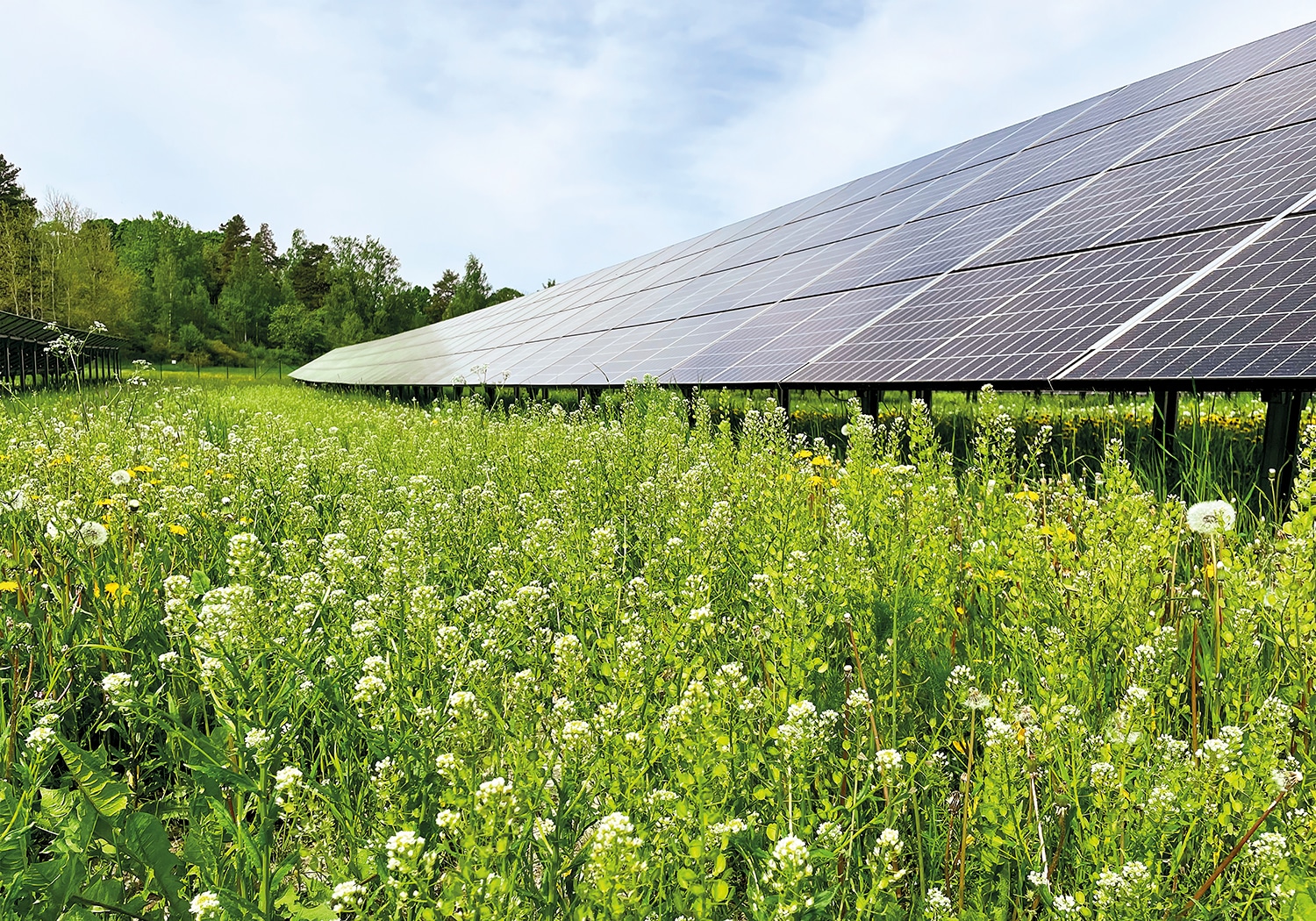What is agrivoltaics?
Agrivoltaics means combining solar energy production with agriculture on the same land area. In other words, solar panels or photovoltaic systems are installed above or next to crops, allowing the simultaneous production of both solar energy and agricultural products.
The concept of agrivoltaics is still relatively unknown in Sweden, however, there are a number of different projects where this is tested and evaluated in different ways to create a basis for how different interests can interact and maximize the yield on the land. Many countries in Europe are far ahead of Sweden on this issue.
In addition to the double benefit that the ground surface can generate, the shading created by the solar panels can also create benefits in terms of cultivation, as moisture loss through evaporation is reduced and the panels provide protection against extreme weather conditions, such as strong sunlight or hail. In addition, the solar panels can help reduce soil temperature by absorbing and converting solar energy into electricity, which can have positive effects on crop growth and productivity.
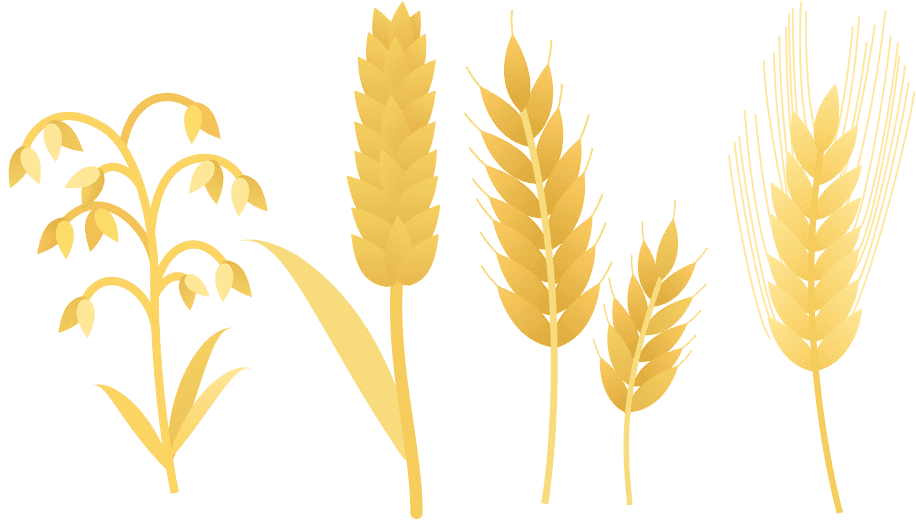
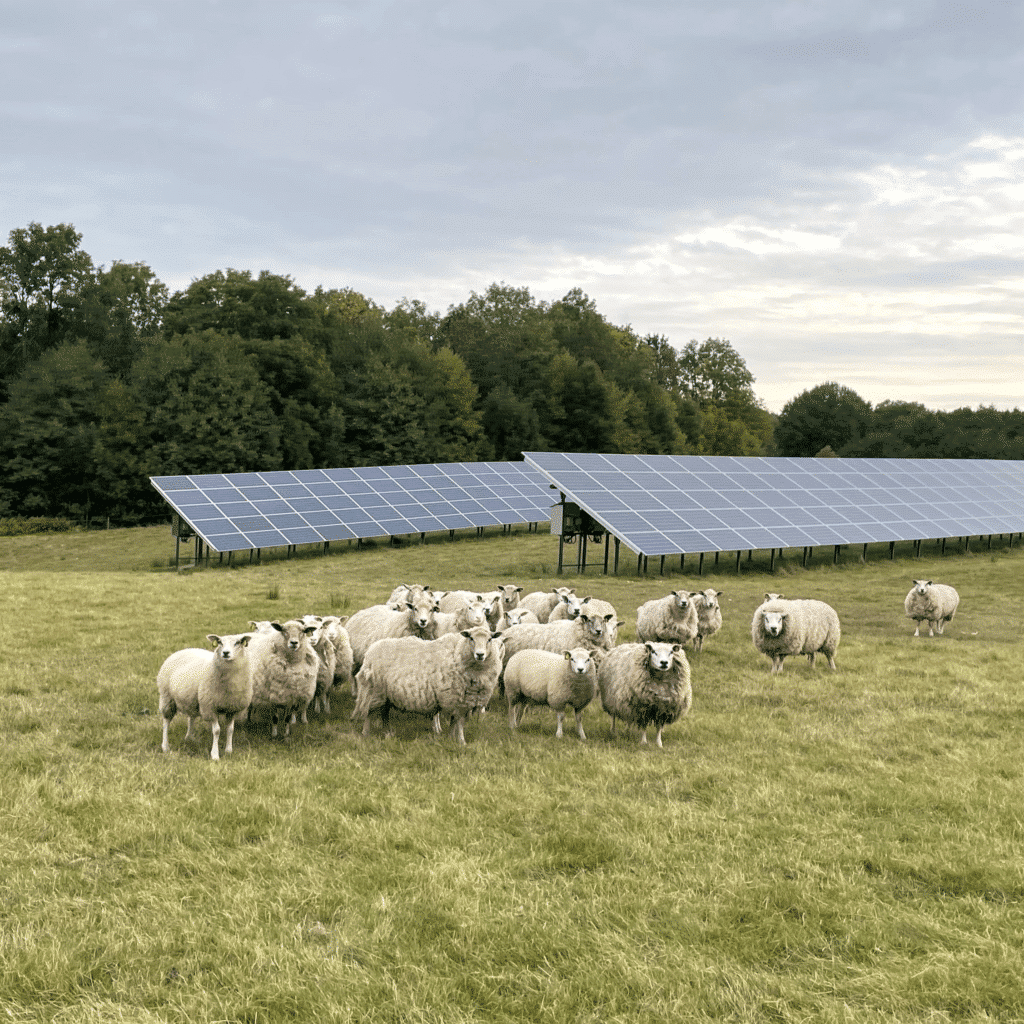
Can the solar park be used for grazing?
Combining solar farming with grazing can be a very effective way to maximize land use in a solar farm. Solar parks are often adapted at the time of construction to be compatible with grazing, but even if this was not the case, no major intervention is usually required to make this possible. A good start is to make sure that there are no loose cables hanging under the panel boards.
Not all animals are equally suited to a solar park, but one animal that has proven to be very suitable is sheep. The panels not only provide much-needed shade or protection from rain, they also make it easier for moisture to stay in the ground, creating high levels of vegetation, even in drier summers. In addition, the often well-built fences provide very good protection against predators. Other smaller animals, such as chickens, also work well in a solar park. However, larger animals such as horses or cows risk damaging both themselves and the solar panels if they choose to scratch them.
Solar parks increase biodiversity
A solar park can also be used to give nature a chance to recover. Between the solar park tables there are opportunities to sow pollinator crops to increase biodiversity. In addition, a solar park usually has plenty of space for both insect hotels and hives.
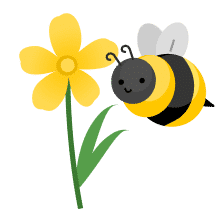
Is your company interested in building a solar park?
Make sure that all the electricity your business consumes is produced by solar energy. By owning your own solar farm, you are taking an active role in the energy transition that is happening all over the world.
Want to know more about the practicalities? Contact us to arrange a site visit to the solar park. On site we can show and explain how it works and tell you more about the benefits of investing in solar energy.
Hi, we’d love to talk solar energy with you!
We are happy to visit you in order to see on the spot which solution would be best based on the property’s conditions.
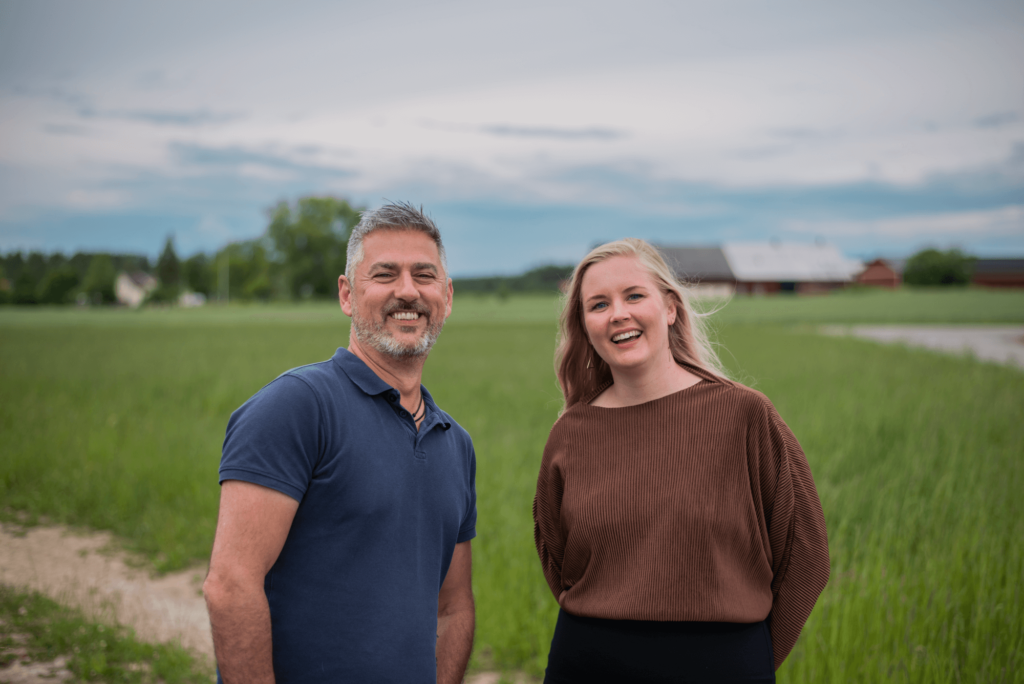
Call our switchboard and you will be connected to a salesperson in your region.
010-30 30 100
info@energiengagemang.se
Would you like us to contact you?
Do you want a quote or have specific questions about solar energy and/or energy storage? Fill in the form and we will contact you shortly.
Hi, I am happy to talk solar energy with you!
Are you interested in what you can get as a landowner in terms of rent? Is your company interested in owning a solar park? Want to know what a PPA might cost? Give me a call or send me an email and I’ll tell you more.
Erik Rindeskär
070-330 03 31
erik.rindeskar@energiengagemang.se


Hi, I am happy to talk solar energy with you!
Are you interested in what you can get as a landowner in terms of rent? Is your company interested in owning a solar park? Want to know what a PPA might cost? Give me a call or send me an email and I’ll tell you more.
